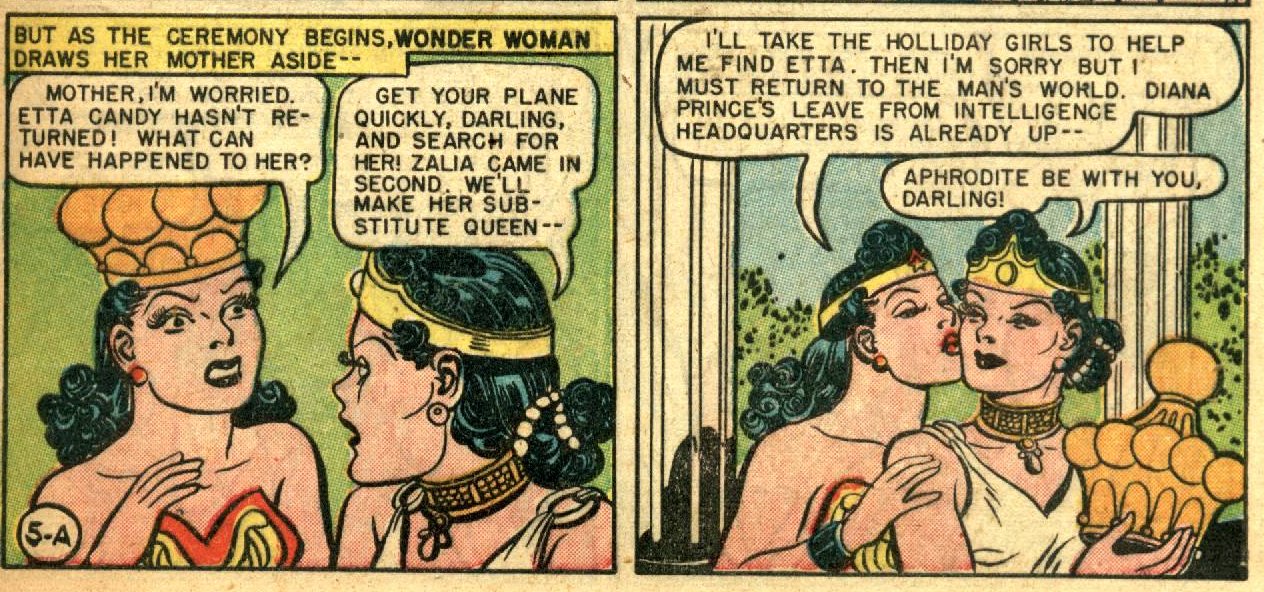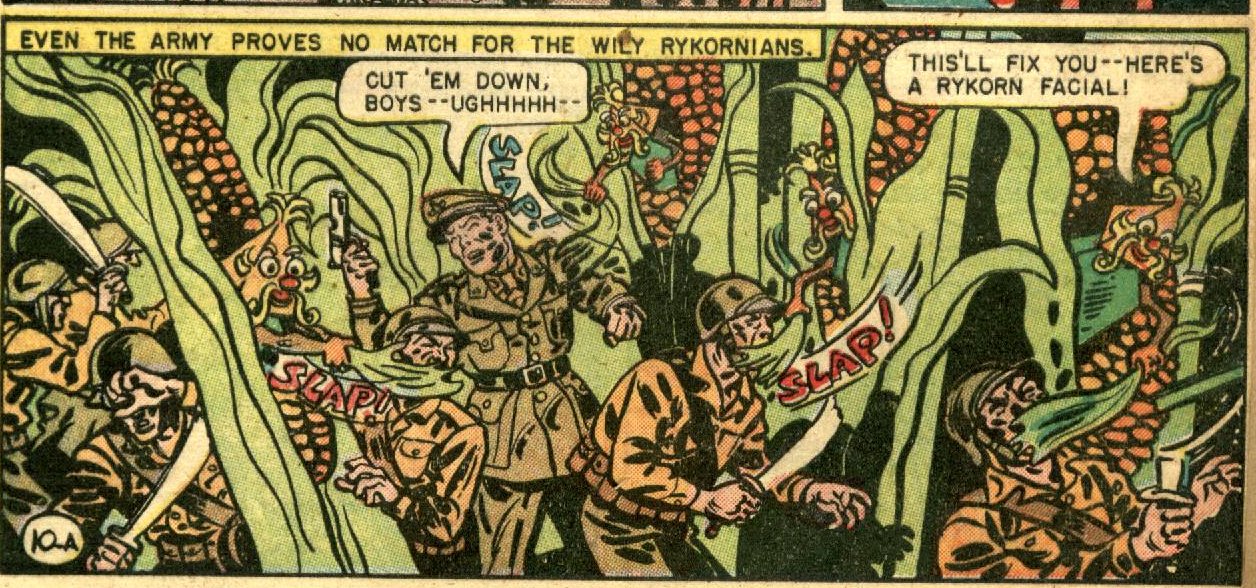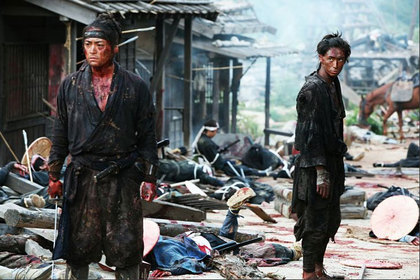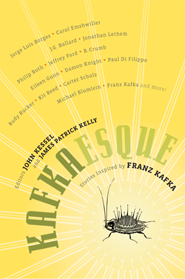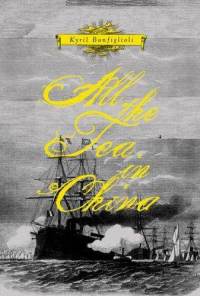 Kyril Bonfiglioli’s All the Tea in China and Peter Carey’s True History of the Kelly Gang are both rollicking adventure stories set in the past when men were men and skullduggery was a rip-roaring adventure rather than disreputable thuggishness.
Kyril Bonfiglioli’s All the Tea in China and Peter Carey’s True History of the Kelly Gang are both rollicking adventure stories set in the past when men were men and skullduggery was a rip-roaring adventure rather than disreputable thuggishness.
Bonfiglioli’s hero is Karli Van Cleef, a Dutch Jew who swashes and buckles his way across the eighteenth century, peddling opium, eating prodigiously, and driven about equally by lust for gold and standard issue lust. Carey’s hero is the well-known Australian outlaw Ned Kelly, who has a heart of gold, the soul of a poet, and is persecuted, persecuted (as Karli, who is fond of repetition, might put it.)
Both books are built around the boys’-adventure-generating possibilities of imperialism. Karli can try his fortune thanks to the British empire and its gleeful trade in dangerous drugs (after trying opium himself and being brought to his senses only by a coffee enema, Karli tells his boy that the next time he requests opium, the boy is to hire a burly man to beat him until he falls unconscious. “This will be both cheaper and better for my health.”) Ned, on the other hand, is an Irish subaltern, hounded by the English police into banditry, violence, and murder.
The main difference between the novels is tone — All The Tea in China is a light humor novel; Bonfilioli has often been compared to P.G. Wodehouse. The True History of the Kelly Gang, on the other hand, is a serious work; it won the Booker prize in 2001, and its narration (by Ned Kelly himself) is self-consciously naif-profound in high modernist style — as you can see from the first paragraph.
I lost my father at 12 yr. of age and know what it is to be raised on lies and silence my dear daughter you are presently too young to understand a word I write but this history is for you and will contian no single lie may I burn in Hell if I speak false.
I think the conventional wisdom is that a serious book should have a more, thoughtful, serious take on serious issues. Not in this case, though. Carey’s prose is as graceful as his head is empty. He takes his epigraph from Faulkner, but his heart is with RL Stevenson. You’d think a Big Literary Novel about Ned Kelly might try to puncture the sentimental Robin Hood image, but you’d be wrong. Carey’s Kelly is wartless; a confused kid who only wants to do right for his family and his mum, led astray by both and, ultimately, by poverty and oppression. A multiple murderer, he remains always innocent, that naif prose, so simple and yet so clear, simultaneously absolving and elevating — lack of punctuation as the blood of the lamb.
Karli’s narration, on the other hand, is not only correctly punctuated, but is unfailingly cosmopolitan and witty. Much of it is devoted to describing at length his viands:
There was also a dish of hot buttered parsnips; they were very good. I ate them all, for Mr J. declared they spoiled his appetites for the meats. Then Batsay brought in a dish of things called “Poor Knighs of Windsor”: these were pieces of bread and jam fried. They do not sound good but they are. Mr. Jorrock’s Stilton cheese was even better than Mr. Creed’s; he pretended that it was “so werry frisky that he had to hold it down on the table as I scooped, lest it walk away.
For Carey, experience is an ongoing trauma; for Bonfiglioli, it is an ongoing appetite. Similarly, Carey’s imperialism is a tragedy; Bonfiglioli’s is more in the nature of a joke, as when the native Dutchman quips that Ireland is “an island off the coast of England, just as England is an island off the coast of Holland.”
It’s not that Bonfiglioli downplays the cost of oppression, exactly. One of the more shocking moments in the book occurs when Karli’s faithful child servant is dragged away by a lion…and Karli’s girlfriend, Blanche, tries to comfort him by reassuring him that she’ll wash his linen. It’s not that she’s a cruel person; it’s just that the boy is lower class, and for her that means he’s not really a human being. In Carey, oppression often seems to be a function of direct sadism. That happens in Bonfiglioli as well — but more often, hierarchies are perpetuated by a combination of thoughtlessness and self-absorption.
Karli is actually affected by his servant’s death. He sees him as human…perhaps in part because he is himself socially marginal in certain ways. As a Dutchman and a Jew, he’s not on the bottom rung of the class ladder the way Ned Kelly is, but he’s not exactly on the top either. From his anomalous perspective, the Chinese aren’t any more mysterious than the British — both, in fact, seem motivated mostly by naked self-interest and duplicity. The British sell the Chinese opium; the Chinese trade for the opium with stores of fresh water which turn out to be contaminated and undrinkable. Everyone fucks over everyone else to the best of their ability — which doesn’t make imperialism okay so much as it makes the Chinese (and other subalterns) able to get back a little of their own.
Carey’s earnestness and sentimentality means that Ned Kelly is defined by his victimhood; all his evil misdeeds, all his violence, is essentially blamed on his wounds. He’s a creature of his persecution. Bonfiglioli’s humor and cynicism, on the other hand, allows him to present the oppressed as genuinely wicked and amoral in their own right — which is a great relief. Ned Kelly dies a little inside every time he performs a dastardly act; Karli, on the other hand, is full of good cheer when he lies to the ship’s Captain about his religion in order to be accepted for passage. Being a Jew doesn’t make him a victim; it makes him a money-grubbing, intellectual sneak; an exotic daredevil who will deflower your women with his circumcised bits.
Of course, the flip side of this is that Bonfiglioli does make imperialism seem like rollicking good fun. Opium selling is obviously bad — but there are so many opportunities for riches! Kelly and Kiril encapsulate, perhaps, the difficulty in writing about oppression. Carey makes Kelly’s oppression so dire and all-consuming that it robs him of freedom of will — even his act of rebellion seems like a dour imposition from his masters. On the other hand, Bonfiglioli makes turning the oppressors tools against them seem like such a blast that it validates the system itself. Even the satirical moments (like the boy’s fate) seem like ratifying larks. It would be a shame to not have servants if that meant we couldn’t have jokes about them dying by lion.
So…witty heartlessness? Or lugubrious pathos? The Booker has already chosen the second, so I will take the first, thanks.







